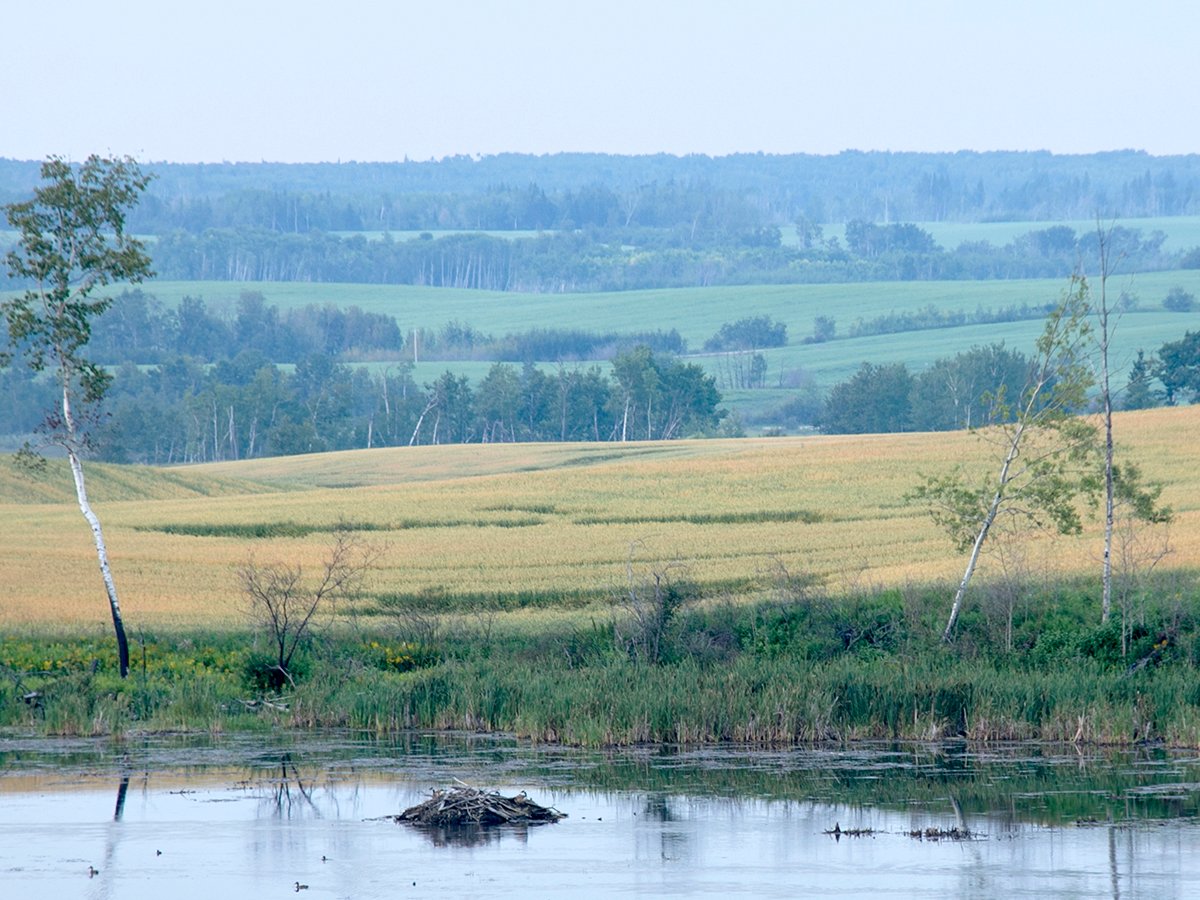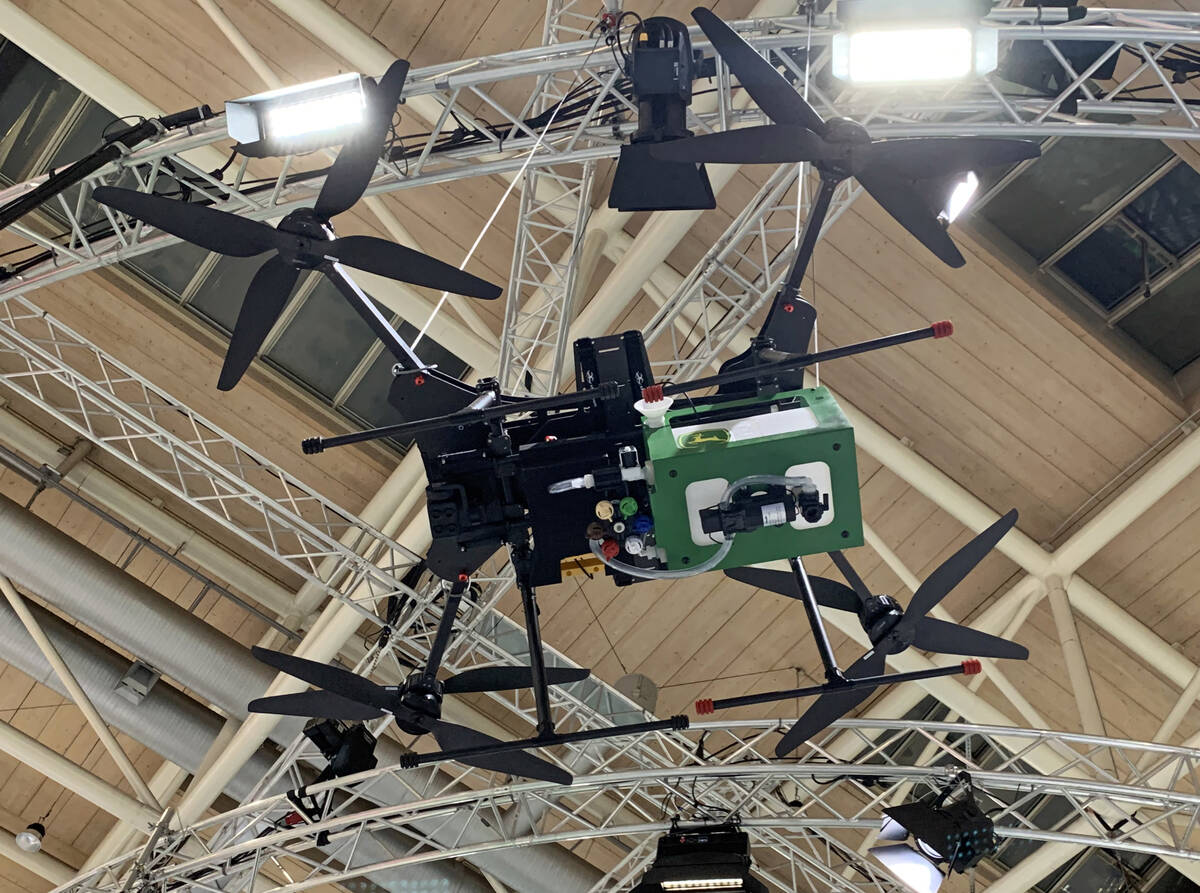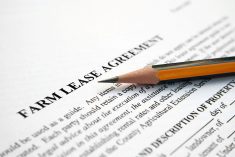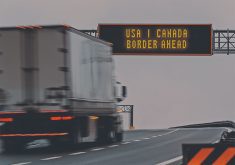Implementing new technologies on the farm can be exciting, but can also come with challenges.
Consider that less than 50 years ago, open-cab sprayers were still commonly used on the Prairies, and that less than 100 years ago, the self-propelled sprayer was invented.
Today, the use of agricultural aircrafts and aerial spraying is not uncommon throughout North America.
Read Also

Intergenerational rollover rules can help succession plans
One of the most significant concerns in succession planning for farmers is the tax bill that can come with passing the farm to the next generation.
Now, agricultural drones are “taking off” (pun intended).
Whether farmers are looking to use drones for field monitoring, field mapping, livestock management, seeding or even spraying, it is important to know the laws and regulations about their use in agriculture.
The use of drones, also called remotely piloted aircraft systems, is federally regulated in Canada, primarily by Transport Canada based on rules in the Canadian Aviation Regulations and other relevant legislation.
Other legal documents that affect drone use are the Aeronautics Act and the Canadian Criminal Code, to name a few.
Based on public consultation, Transport Canada has announced that new and expanded regulations have been passed, some of which will come into effect this Nov. 4.
The Government of Canada’s website is a great place to learn more about the requirements necessary to pilot a drone in Canada.
Currently, there are three “levels” of operating certificates for drone pilots: basic, advanced and level 1 complex.
To determine whether they need a basic, advanced or level 1 complex license, operators should consult Transport Canada or talk to a lawyer.
Some drones, for example, do not require a license or to register the drone, while other types of drone uses require drone registration, pilot certification, ground school, online exams and other types of requirements.
The size and planned use of a drone impact the type of certification operators will need.
Currently, drones that weigh more than 250 grams must be registered and marked.
There are penalties, such as fines, for drone users who do not comply with the registration and marking requirements.
The new rules taking effect in November will expand the privileges for some drone pilots, expand the options for certification for “lower-risk” operations that go beyond the visual line-of-sight and provide new technical standards for special flight operations, to name a few.
Implementing drone technology on the farm requires proper licensing and training. Be sure to consult the Canadian standards and regulations or to consult a lawyer if you have questions about drone use.
While seed and fertilizer application is generally allowed using drones, application of chemicals is regulated by federal legislation and Health Canada.
Producers and agriculture industry leaders should consult Health Canada when determining what products are allowed for the use in drone applications.
Health Canada has distinguished pesticides approved for application by aircraft from those that can be applied by drone.
Currently, only products with the labeled terms “remotely piloted aircraft system (RPAS) are allowed for use in drones under the Pest Control Products Act.
Those who use pest control products must follow the regulations set out by the federal government and, for registered products, subject to the regulations; they must follow the directions on the label (recorded in the register).
Currently, the list of registered products approved for RPAS (drone) use include four larvicides and one herbicide. This list is subject to change as products are reviewed or registered.
Safety to humans and potential risks to the environment are among the government’s considerations when products are being evaluated, or re-evaluated, for pesticide registration.
To determine if the product that you want to spray is suitable for RPAS use, consult the Health Canada label search tools. It is important that pesticide users follow governmental rules and regulations about pesticide use. Non-compliance could lead to penalties.
The loosening of the Transport Canada rules on drone use coming into force this year, plus Health Canada’s continued analysis of registered products, may result in expanded on-farm drone technology use. We recommend having a good understanding of the rules and regulations around this technology when considering its use.
Useful information can be found on the following websites:
Drone safety rules and requirements — https://tc.canada.ca/en/aviation/drone-safety/learn-rules-you-fly-your-drone/flying-your-drone-safely-legally.
Pilot licensing and certifications — https://tc.canada.ca/en/aviation/drone-safety/drone-pilot-licensing/getting-drone-pilot-certificate.
Health Canada label search tool — https://pr-rp.hc-sc.gc.ca/ls-re/index-eng.php.
Laura Klemmer is counsel at MLT Aikins LLP, and Sarah Hoag is a summer student at MLT Aikins LLP. This article is of a general nature only and is not exhaustive of all possible legal rights or remedies. In addition, laws may change over time and should be interpreted only in the context of particular circumstances such that these materials are not intended to be relied upon or taken as legal advice or opinion. Readers should consult a legal professional for specific advice in any particular situation. If you have a topic or question you would like us to address in future issues, email kkriel@mltaikins.com.















